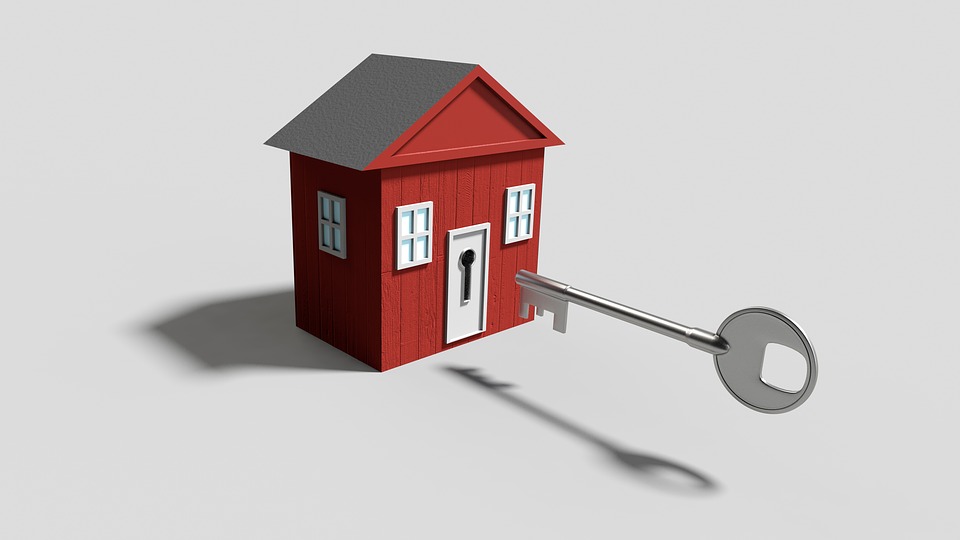Rental yields have been strengthening in a majority of UK regions in Q3 according to the latest buy-to-let rental barometer.
The barometer shows rental yields on residential buy-to-let properties were 6.4% across England, up 0.4% from the 6% achieved in the third quarter of 2019.
The North East of England recorded the top rental yield regional figure for the quarter, up 2% year-on-year to 8.8%, whilst only the North West and the East Midlands showed slight drops in rental yields.
Last quarter only three regions posted positive rental yields over the period however seven regions, including the North East, Yorkshire and Humberside and the West Midlands, all posted increases.
Fleet said the overall data showed a more positive picture than three months ago, with a greater number of transactions and rental valuations “showing the strength of the private rental sector during the summer and through into autumn”.
The barometer highlighted the impact COVID-19 may potentially have on rental property within, and around, city centres with potentially tenants looking to live further away from those areas.
It suggested that curbs on foreign tourism may bring a greater supply of short-term lets to market in certain regions however an increase in ‘staycationing’ may ensure yields are not unduly impacted by the greater number of properties available.
To find out more about how we can assist you with your BTL Mortgage please click here
As with Q2 figures, this Q3 iteration of the Barometer does not include Wales as different lockdown rules apply.
Steve Cox, distribution director of Fleet Mortgages, said: “It’s clearly positive to see the majority of regions in England posting increases in rental yields, and those regions which have showed a very slight dip were already at relatively high levels to begin with.
“We learnt from the post-credit crunch period over a decade ago that rents are not as susceptible to a recession as property prices, with many occupants more willing to opt for the shorter-term financial commitment offered by renting than longer-term property ownership.
“While the economic backdrop is not pretty with the ongoing recession and uncertainty about the true impact on employment levels suggesting a negative outlook for rental demand, the early indications – as evidenced by our Barometer – are more promising with no suggestion of sharp falls in rental yields.
“Perhaps this is a result of pent-up demand and more households being formed as a result of the lockdown – we will get a better idea of the sustainability of this in the coming months.
“What we may however see, is further structural changes in rental demand, particularly in urban centres with tenants – who can now work from home – feeling they are no longer tied to a property near to the office, and may look further afield where they might get more for their money.
“However, we have not yet seen any evidence to suggest this is becoming a trend.
“Demand for rental property is clearly holding up in most regions and the underlying demographics suggest that property investment will remain a good choice in the years ahead.
“Within a shorter time-frame, the fact that – in England at least – the stamp duty holiday is available to landlord borrowers has undoubtedly been a factor in the increased interest in property investment purchases, with both new and existing landlords looking at the opportunities available, and seeking to secure the savings that are available from the holiday.
“Our next iteration of the Barometer will give us more evidence on the robustness of rental yields and whether the potential impacts of COVID-19 on households and living arrangements are playing out as they are perceived to be.”
By Jessica Nangle
Source: Mortgage Introducer
Discover our Mortgage Broker services.








